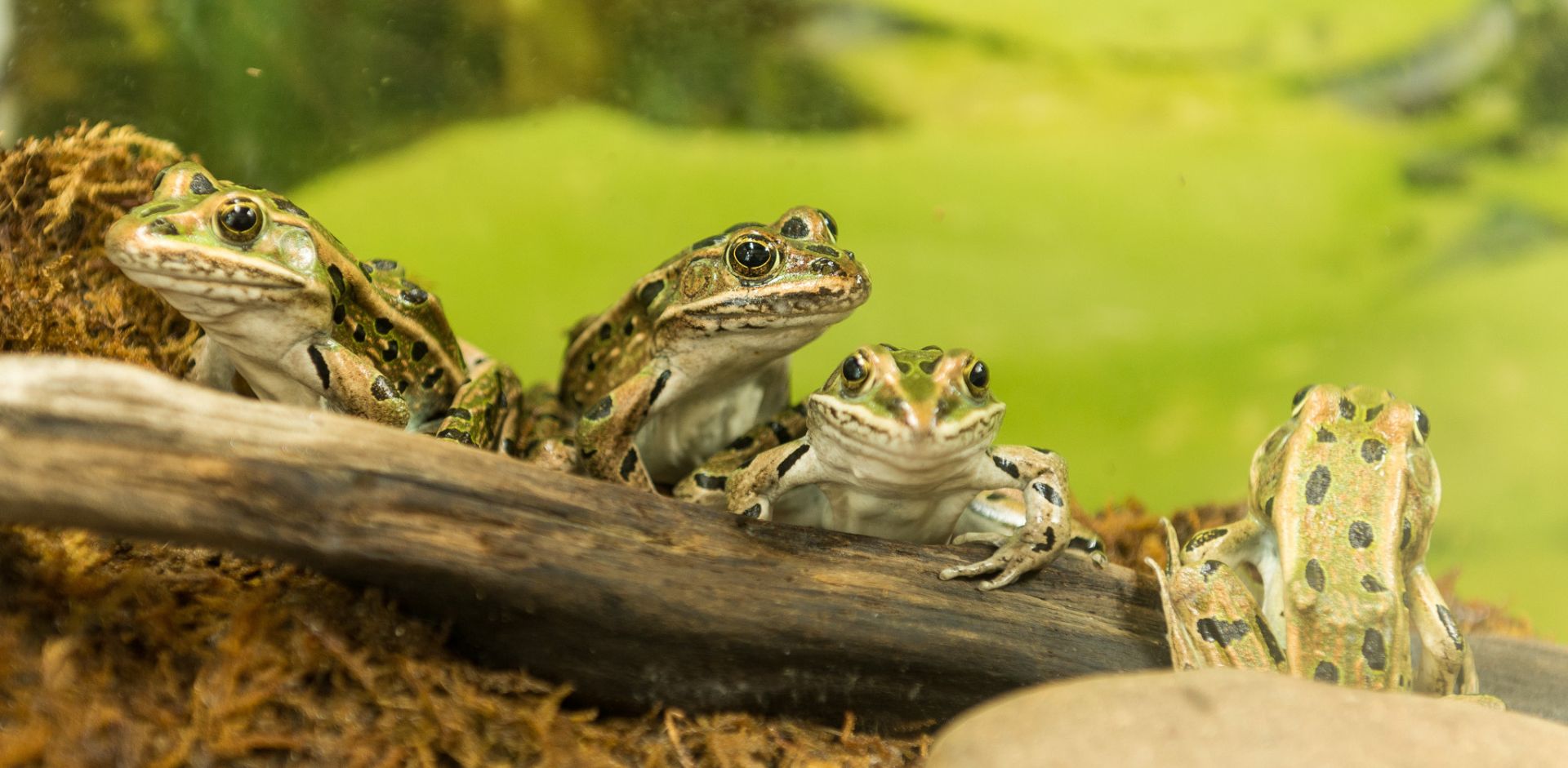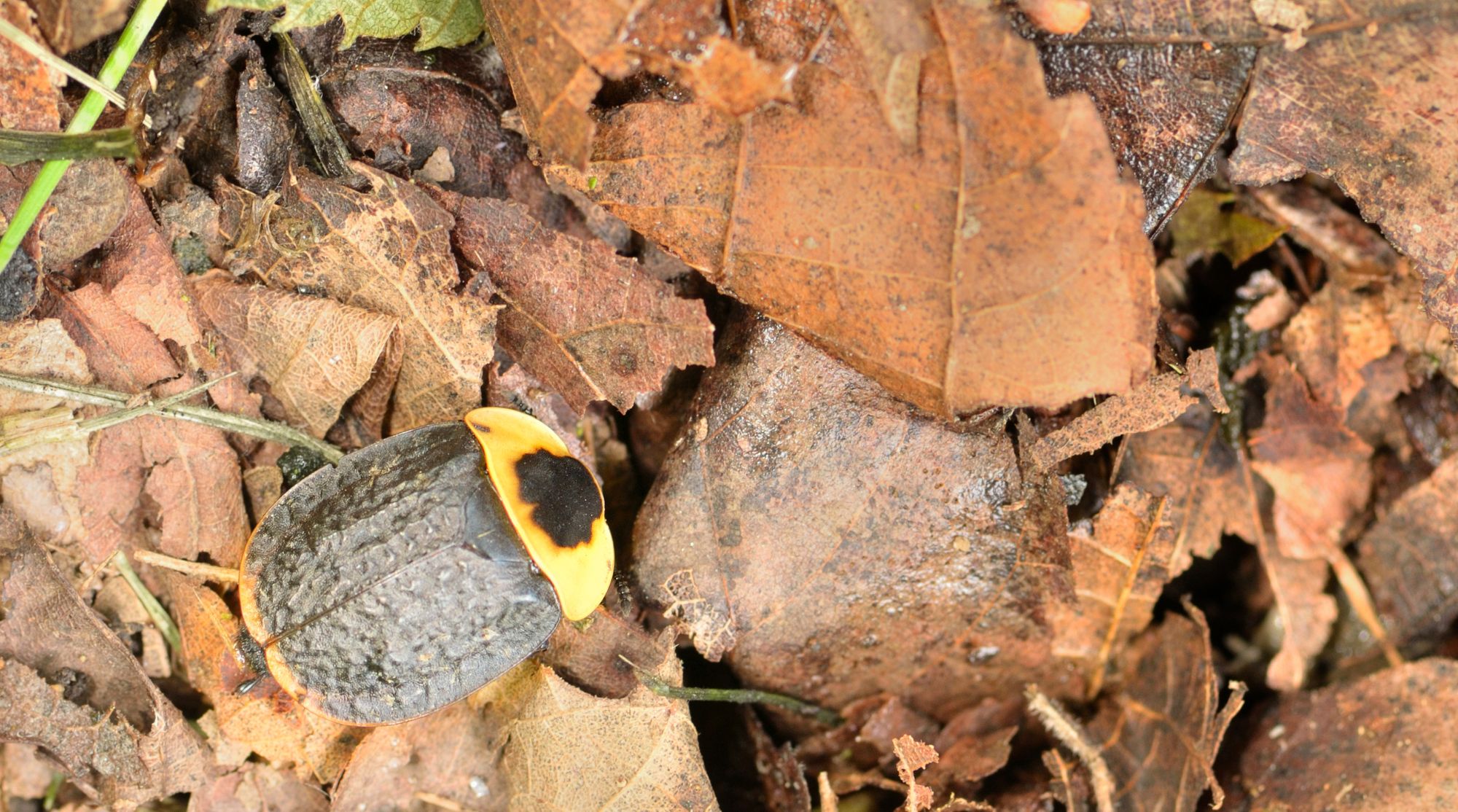

What would happen if organic waste was not recycled? If dead animals and plants and feces were to accumulate on the ground without ever disappearing? It would be a real disaster! In addition to the mountains of waste that would accumulate, there would be a high risk of spreading diseases, bacteria, etc.
Fortunately, many organisms feed on these debris. They are called detritivores. Invertebrates, such as worms, insects and millipedes. They play a key role in the food web by recycling organic compounds. They are helped by bacteria and fungi that absorb nutrients and put them back into the food chain.
Carrion beetle
There are 18 species of carrion beetles in Quebec to date. They are necrophagous beetles, which eat dead animals, or coprophagies, which eat excrement. Adult males and females meet on carcasses. It should be noted that they can smell a corpse up to 3 kilometers away thanks to their antennas. After mating, the female lays eggs on the carcass and the larvae feed on them. Some species even bury the corpse to avoid attracting other scavengers, such as flies, and thus sharing the resource. By feeding on the dead, carrion beetles release nitrogen and carbon back into circulation and prevent the accumulation of dead bodies on the surface.
Dung beetles
Dung beetles are coprophagous beetles. They feed on animal feces, especially those of herbivores. In Quebec, there are about 50 species. Although the typical image of the dung beetle is it rolling a ball of feces, only a minority of species have this behaviour. The others will bury the excrement where they find it, digging tunnels. Some will simply make a home in the pile of excrement. By feeding and burying feces, the dung beetles play an important recycling role and thus limit the spread of disease.
Millipedes
The millipede is often confused with its cousin the centipede. Both are part of the group of myriapods, but they are distinguished by the shape of the body and the number of legs per segment. Millipedes generally have a cylindrical body and two pairs of legs per segment. Centipedes have a rather flat body and one pair of legs per segment. While the centipede is carnivorous, the millipede is a detritivore. It feeds mainly on plant debris, which rejuvenates the soil.
Woodlouse
The wood louse is a crustacean, like lobster and crab. It is one of the few crustaceans to spend their entire life on land, while the others live at sea. They are usually found in wet areas such as soil litter, under stumps and rocks. It feeds on decaying plant material, such as dead leaves, plants and wood. This first digestion allows for absorption by bacteria and fungi that break down the matter and return nutrients to the soil.
All these organisms, and many others, play a critical role in ecosystems. Even if they are often unloved, it is important to accept them in our gardens and let them do their work.

Author : Stéphanie Bentz, biologiste responsable de l’éducation
Sources :
MELCCFP. Plein feux sur… l’Halloween et les insectes nécrophages [En ligne] https://mffp.gouv.qc.ca/jeunesse/halloween-insectes-necrophages/ (Page consultée le 28 août 2024)
Espace pour la vie. Le rôle indispensable des bousiers dans la nature [En ligne] https://m.espacepourlavie.ca/blogue/le-role-indispensable-des-bousiers-dans-la-nature (Page consultée le 28 août 2024)
Natural History Museum. How do dung beetles’ diets keep the world clean? [En ligne] https://www.nhm.ac.uk/discover/how-dung-beetles-keep-the-world-clean.html (Page consultée le 3 septembre 2024)
Espace pour la vie. Le myriapode [En ligne] https://espacepourlavie.ca/le-myriapode (Page consultée le 3 septembre 2024)
Espace pour la vie. Le cloporte [En ligne] https://espacepourlavie.ca/le-cloporte (Page consultée le 3 septembre 2024)
National Wildlife Federation. Millipedes [En ligne] https://www.nwf.org/Educational-Resources/Wildlife-Guide/Invertebrates/Millipedes (Page consultée le 3 septembre 2024)